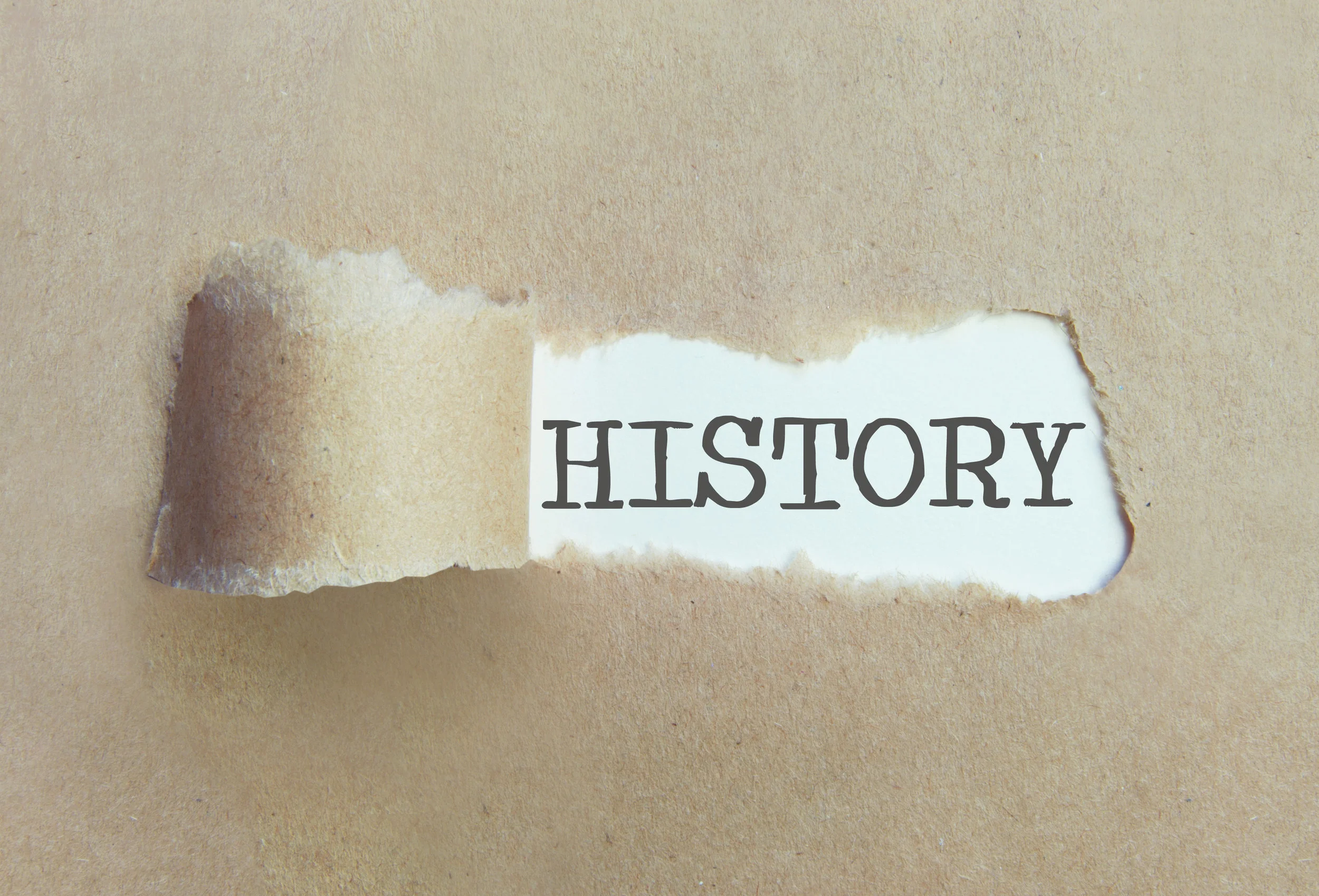The great historian C. Vann Woodward (author of The Strange Career of Jim Crow) wrote in the New Republic in 1968 that “Little can be said in defense of an electoral college in which one vote represents 75,389 in Alaska and another 392,930 in California.”
The skew nowadays is worse, and with more than 50% now in only nine states, it is irrefutable that the current presidential system is grossly unfair to most Americans. Indeed, only in Maryland and Oregon can it be noted that the percentage of electors is the same as the percentage of the population relative to the whole country. In two states, the system is fair. In 48 plus the District of Columbia the system gives either too much or too little weight to the preferences of citizens in the choice of the president.
In addition to state-by-state inequity, Woodward also noted, “If the sacred rights of minorities are cited, one should recall that in the 11 elections from 1908 to 1948, 44% of the popular vote cast by minority voters was not represented by a single electoral vote.”
Woodward was reviewing Neal Peirce’s The People’s President: The Electoral College in American History and the Direct Vote, which he called a “useful handbook and history of…maladies of the electoral system.” It’s time for another such book, because the sickness has gotten worse, and threatens the survival of the Republic.
Peirce reported that by 1966 513 resolutions for constitutional amendments reforming the system had been introduced in Congress and only one succeeded: the 12th Amendment ratified in 1804 to fix the screwy Jefferson-Burr result that Alexander Hamilton resolved, to his ultimate death, now perhaps the most well-sung story in American history.
However, at the time of Peirce’s book and Woodward’s review no one seemed aware that states acting alone or together can adopt a different system for choosing electors.

